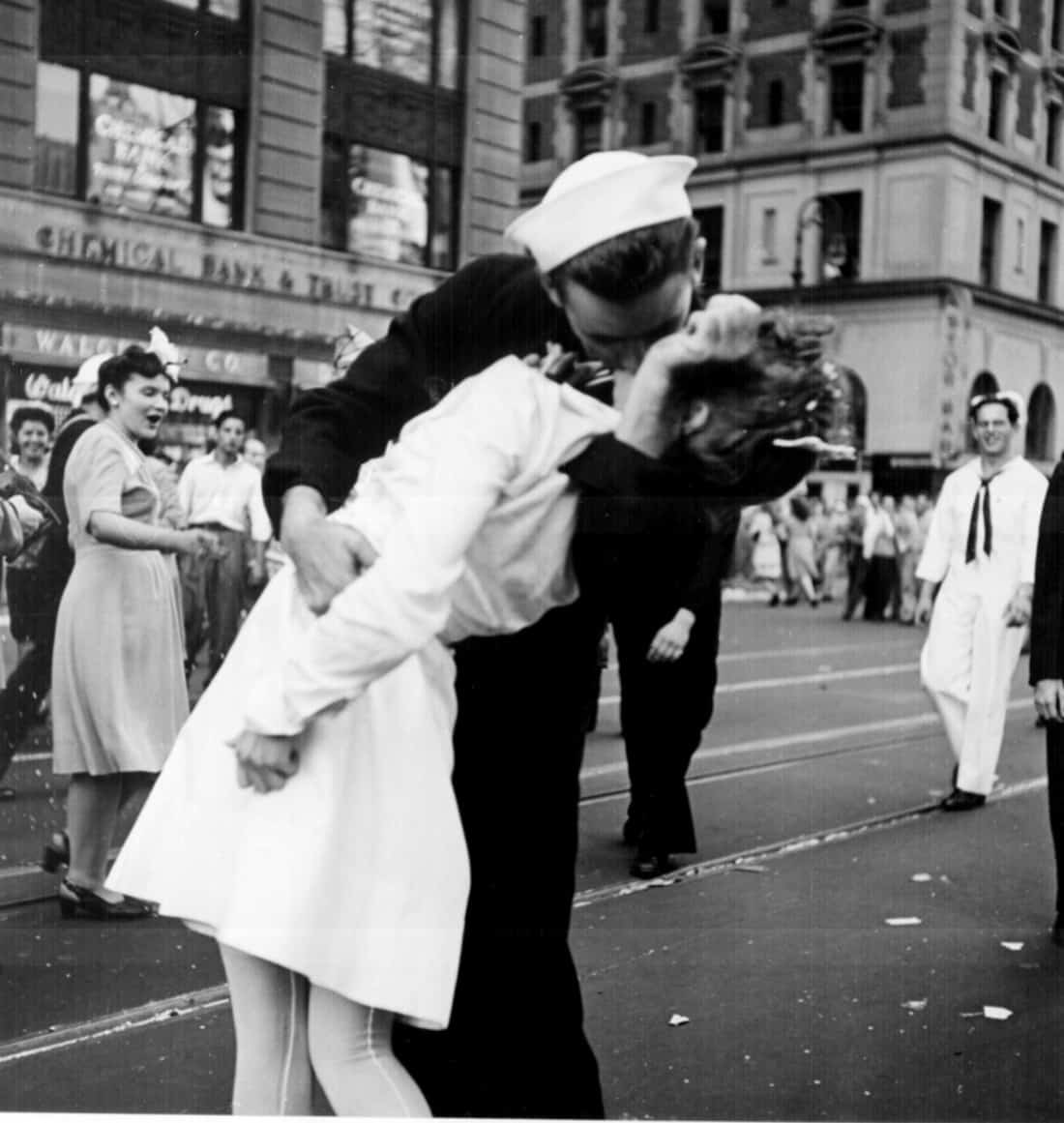Getting My Framing Streets To Work
Getting My Framing Streets To Work
Blog Article
Fascination About Framing Streets
Table of ContentsThe Facts About Framing Streets RevealedNot known Details About Framing Streets The Greatest Guide To Framing Streets4 Easy Facts About Framing Streets Shown6 Easy Facts About Framing Streets ExplainedNot known Factual Statements About Framing Streets
Digital photography style "Crufts Canine Show 1968" by Tony Ray-Jones Road digital photography (also often called candid photography) is digital photography carried out for art or questions that includes unmediated opportunity encounters and random events within public locations, usually with the aim of catching photos at a decisive or emotional moment by careful framing and timing. 
The Best Strategy To Use For Framing Streets
Susan Sontag, 1977 Street photography can concentrate on individuals and their behavior in public. In this regard, the street digital photographer is comparable to social documentary digital photographers or photojournalists that likewise function in public locations, yet with the goal of capturing relevant events. Any one of these photographers' images might catch individuals and residential property noticeable within or from public places, which usually entails browsing honest issues and legislations of privacy, safety and security, and property.
Representations of day-to-day public life develop a style in almost every period of globe art, beginning in the pre-historic, Sumerian, Egyptian and very early Buddhist art durations. Art managing the life of the street, whether within views of cityscapes, or as the dominant concept, appears in the West in the canon of the Northern Renaissance, Baroque, Rococo, of Romanticism, Realism, Impressionism and Post-Impressionism.
Little Known Facts About Framing Streets.
Louis Daguerre: "Boulevard du Holy place" (1838 or 1839) In 1838 or 1839 the first photograph of numbers in the street was videotaped by Louis-Jacques-Mand Daguerre in among a pair of daguerreotype sights drawn from his studio home window of the Blvd du Holy place in Paris. The 2nd, made at the height of the day, shows an uninhabited stretch of street, while the various other was taken at about 8:00 am, and as Beaumont Newhall reports, "The Boulevard, so frequently loaded with a relocating throng of pedestrians and carriages was completely singular, other than a person who was having his boots brushed.
, that was motivated to embark on a similar documents of New York City. As the city developed, great site Atget assisted to promote Parisian streets as a worthwhile topic for digital photography.

Get This Report about Framing Streets
Andre Kertesz.'s widely appreciated Images la Sauvette (1952) (the English-language version was labelled The Definitive Minute) advertised the concept of taking a photo at what he labelled the "crucial minute"; "when kind and material, vision and composition merged into a transcendent whole" - Street photography hashtags.
Some Known Facts About Framing Streets.
, after that an instructor of young youngsters, connected with Evans in 193839.'s 1958 book,, was considerable; raw and commonly out of focus, Frank's pictures examined mainstream digital photography of the time, "tested all the formal rules laid down by Henri Cartier-Bresson and Pedestrian Evans" and "flew in the face of the wholesome pictorialism and wholehearted photojournalism of American magazines like LIFE and Time".
Report this page